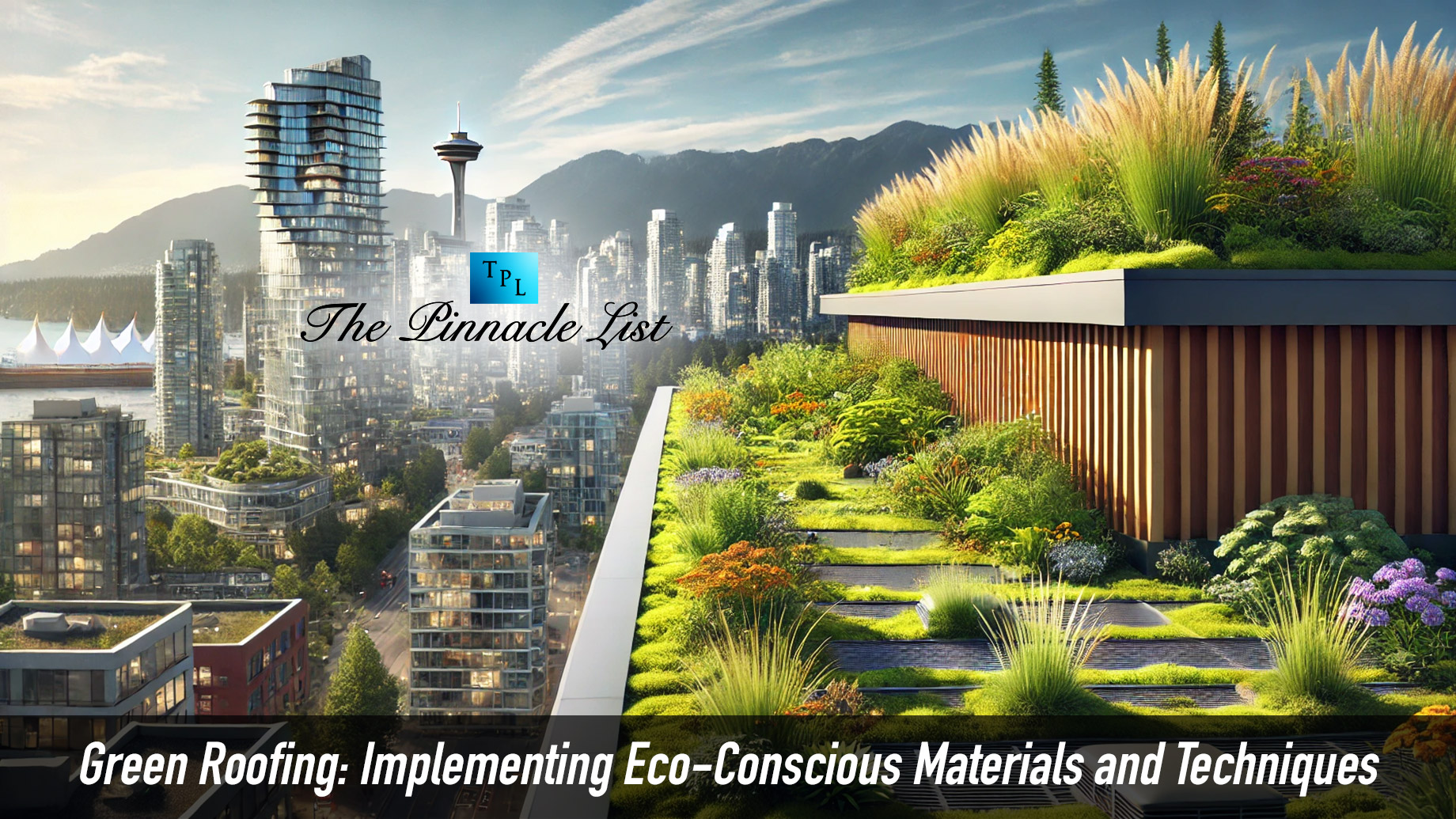
In an era of increasing environmental awareness, green roofing has emerged as a key trend in sustainable construction by integrating eco-construction.
By integrating eco-conscious materials and techniques, green roofing not only has numerous benefits for homeowners, urban planners, and the plant. This article explores the various aspects of green roofing, including the materials and techniques used to implement these environmentally friendly systems.
Understanding Green Roofing
The success of a green roof depends heavily on the selection of appropriate materials. Key materials used in green roofing systems include:
- Vegetation: The choice of plants is crucial for the sustainability of a green roof. Native and drought-resistant species are often preferred as they require less water and maintenance. Sedums, grasses, and wildflowers are popular choices for extensive green roofs, while intensive green roofs can support a broader range of plants, including perennials and small shrubs.
- Growing Medium: The growing medium, or soil substrate, must be lightweight yet capable of retaining moisture and nutrients. A typical growing medium for green roofs includes a mix of organic and inorganic materials such as compost, expanded clay, and perlite. This mix ensures good drainage, root support, and nutrient availability for the plants.
- Waterproofing Membrane: Protecting the building structure from water infiltration is essential. A high-quality waterproofing membrane, often made from durable materials like modified bitumen or synthetic rubber, is installed beneath the growing medium. This membrane serves as a barrier to prevent water damage to the roof deck and interior spaces.
- Root Barrier: To prevent plant roots from penetrating and damaging the waterproofing membrane, a root barrier is installed. This layer is typically made from durable plastic or rubber materials and is essential for maintaining the integrity of the roof system.
- Drainage Layer: Effective drainage is critical to prevent waterlogging and ensure the health of the vegetation. A drainage layer, often composed of lightweight aggregates or specialized drainage mats, is placed below the growing medium to facilitate the flow of excess water.
Implementation Techniques
Implementing a green roof involves several key techniques to ensure its success and longevity:
- Site Assessment and Planning: A thorough assessment of the building site is the first step in green roof implementation. Factors such as climate, building structure, and load-bearing capacity must be considered. Proper planning ensures that the green roof design is tailored to the specific conditions and requirements of the site.
- Layering System: A green roof is built up in layers, each serving a specific function. The typical layering system includes a waterproofing membrane, root barrier, drainage layer, filter fabric, growing medium, and vegetation. Each layer must be carefully installed to ensure proper performance and longevity of the green roof.
- Irrigation and Maintenance: While extensive green roofs require minimal maintenance, some irrigation may be necessary, especially during establishment and dry periods. Drip irrigation systems are often used to provide efficient and targeted watering. Regular maintenance, including weeding, pruning, and fertilization, ensures the health and vitality of the green roof.
- Monitoring and Evaluation: Ongoing monitoring and evaluation of the green roof are essential for identifying and addressing potential issues. Regular inspections help detect problems such as drainage blockages, membrane damage, or plant health issues, allowing for timely interventions.
Benefits of Green Roofing
Implementing green roofing offers a wide range of benefits, including:
- Energy Efficiency: Green roofs provide natural insulation, reducing the need for heating and cooling, and thereby lowering energy consumption and costs.
- Stormwater Management: By absorbing and retaining rainwater, green roofs reduce runoff and alleviate the burden on stormwater systems.
- Biodiversity: Green roofs create habitats for birds, insects, and other wildlife, promoting urban biodiversity.
- Air Quality Improvement: Vegetation on green roofs absorbs pollutants and carbon dioxide, improving air quality.
- Aesthetic and Recreational Value: Green roofs enhance the visual appeal of buildings and provide usable outdoor spaces for relaxation and recreation.
Conclusion
Green roofing represents a significant step forward in sustainable building practices, combining eco-conscious materials and techniques to create roofs that benefit both people and the environment. By carefully selecting materials and implementing effective techniques, green roofs can contribute to energy efficiency, stormwater management, biodiversity, and overall urban sustainability. As awareness and demand for sustainable construction grow, green roofing is poised to play a pivotal role in shaping the future of our built environment.